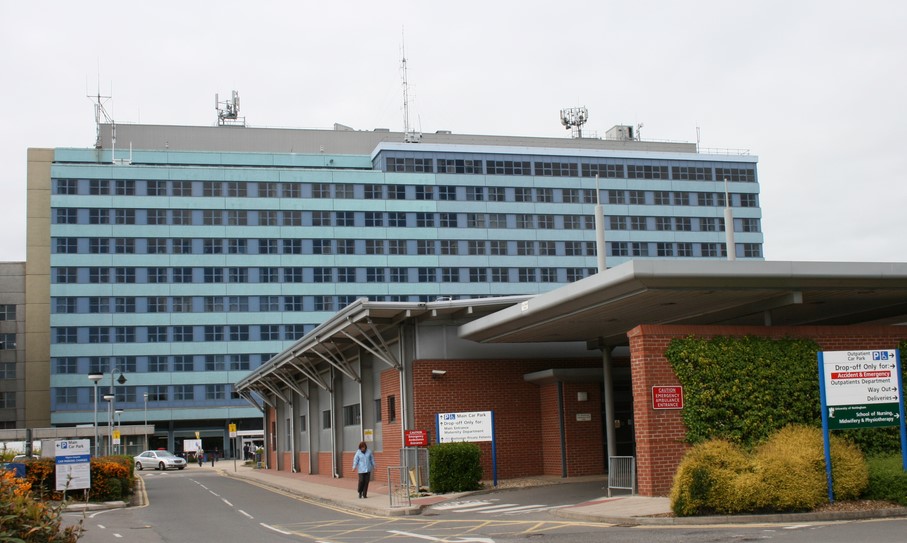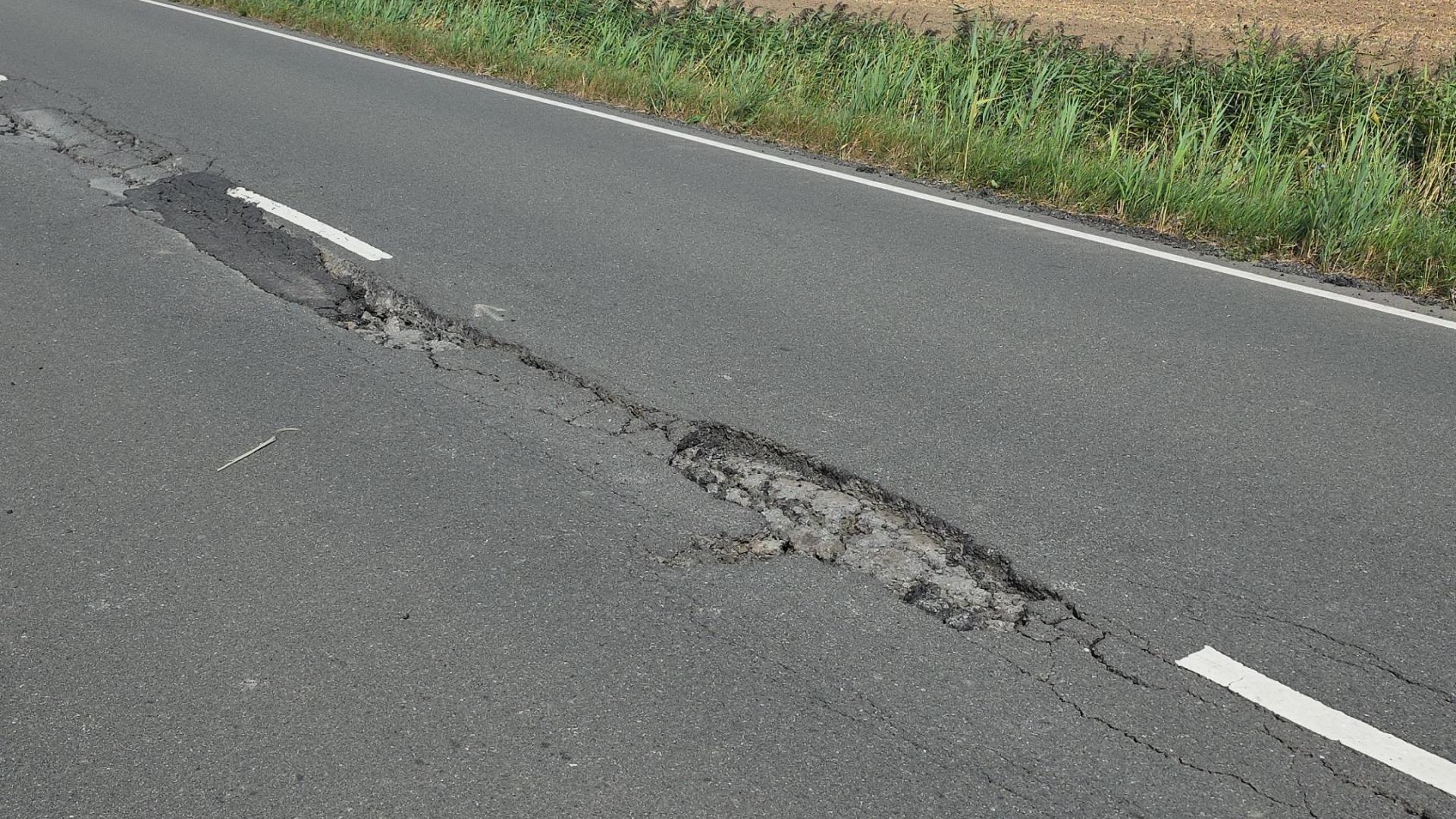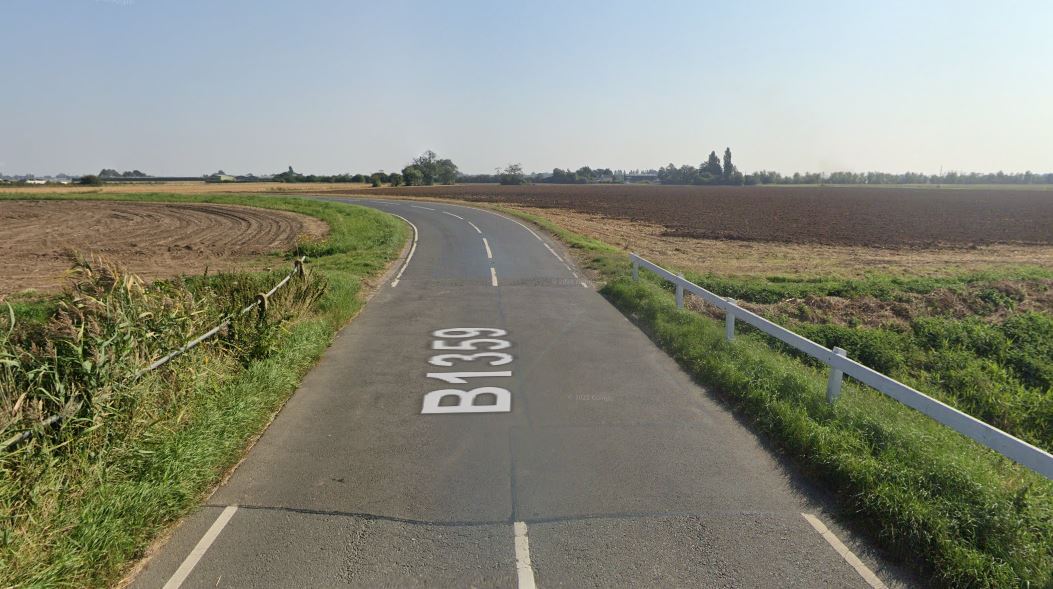 Patients with life-threatening injuries or illnesses are waiting longer for an ambulance to arrive in south Lincolnshire than this time last year.
Patients with life-threatening injuries or illnesses are waiting longer for an ambulance to arrive in south Lincolnshire than this time last year.
In April this year only 66.67 per cent of calls to “Red 2” emergencies – those that were life-threatening but did not require a defribrillator – were answered within the target time.
Last April 68.51 per cent of emergencies were attended within the target.
The targets mean an ambulance should be on the scene of an emergency within eight minutes in 75 per cent of cases and within 19 minutes where transport is required 95 per cent of the time.
The drop in the number of emergency calls being responded to within target comes despite the fact East Midlands Ambulance Service is under continued pressure to improve the service it offers, particularly in Lincolnshire.
In recent years, there have been a number of high profile cases of people dying after a prolonged wait for an ambulance.
The latest figures for April, do offer a glimmer of hope for EMAS, as they show a slight increase in the number of calls to life-threatening emergencies where a defribrillator was needed (Red 1 cases) being reached within target – from 55.17 per cent in April 2013 to 57.14 per cent in 2014.
But south Lincolnshire still appears to be the county’s worst area for ambulance response times – with 86.84 per cent of Red 1 emergencies and 88.34 per cent of Red 2 cases reached within target in the area covered by Lincolnshire West Clinical Commissioning Group.
The figures are revealed in an update report to Lincolnshire County Council’s health scrutiny committee.
The report from EMAS says: “Considerable effort has gone into trying to enhance the performance against these targets and requirements, including the introduction of additional resources agreed via contractual negotiations, a revision of staff/vehicle deployment and positioning along with improving the ability to respond quicker.
“Work continues in areas of advanced training for road staff in assessment skills permitting them to consider alternative avenues of treatment for patients rather than immediate conveyance to hospital.”
The report, which was considered yesterday, also provides an update on plans to close ambuiance stations and replace them with hubs.






